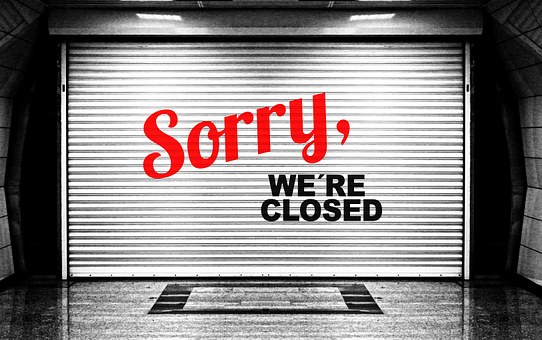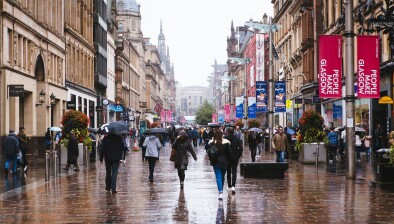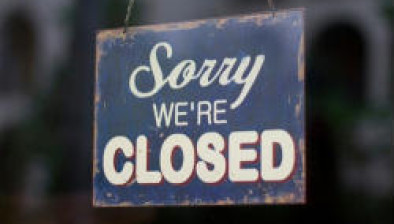SRC calls for action to sustain improvement in Scottish shop vacancy rate

The Scottish Retail Consortium (SRC) has called for ‘early and concrete action’ to sustain the drop in the Scottish shop vacancy rate.
In the first quarter of 2022, the Scottish vacancy rate decreased to 15.8%, from 16.1% in Q4 2021. It was 0.5 percentage points higher than in the same point in 2021.
At the same time, shopping centre vacancies decreased to 20.2% from Q4’s 20.4%, on the high street, vacancies decreased to 14.8% from Q4’s 15.0%. Retail park vacancies decreased to 12.0% in Q1 2022, down from 12.6% in Q4. It remains the location with the lowest rate.
David Lonsdale, director of the Scottish Retail Consortium, said: “Buoyed by an easing of Covid restrictions and retailers’ continued ability to trade, the shop vacancy rate saw a small but nonetheless welcome reduction in the first three months of this year. This was a second successive quarterly improvement and was an encouraging start to the year.
“That said, the vacancy rate remains over a fifth above pre-pandemic levels and one in six Scottish retail stores still lies empty, a very vivid reminder of the heavy economic toll resulting from Covid and associated restrictions. Retail parks continued to fare relatively well, with shopping centres lagging.
“The challenge for our retail destinations will be turning this into a more sustained improvement in the months ahead, particularly as concerns over the cost of living show little sign of abating and as retailers grapple with a hodgepodge of supply chain and government-mandated cost rises.”
He added: “The health of Scotland’s retail destinations is ultimately determined by the state of the overall economy and consumer sentiment, however a sharper and more urgent focus from policymakers is required too. Two government reports on towns and city centres recovery have been published in recent weeks, and the industry is looking to these and local election promises for early and concrete action to rejuvenate our high streets and retail destinations. Such measures cannot come soon enough.”
Lucy Stainton, director, Local Data Company, commented: “The latest figures show a continued— and welcome— reduction in empty units across nearly all regions in England as well as across both Scotland and Wales, as market recovery continues post-Covid. This decline in vacant space is being driven by further repurposing of retail space, growth in the independents sector and an increase in activity across the chains as well, as many brands are back on the acquisition trail after the pandemic stalled growth.
“Anecdotally, we are aware of rising competition for prime space in both city centres and shopping centres, from both chain retail and leisure operators. This may lead to further polarisation in key locations as activity is concentrated in prime pitches, leaving more tertiary space behind.
“That being said, this continued decline in vacancy rates is further evidence of more sustained recovery. Whilst there are a number of well-publicised economic headwinds on the horizon, we might still remain optimistic that a proactive, concerted focus on the future of consumer-facing real estate will yield further recovery.”







